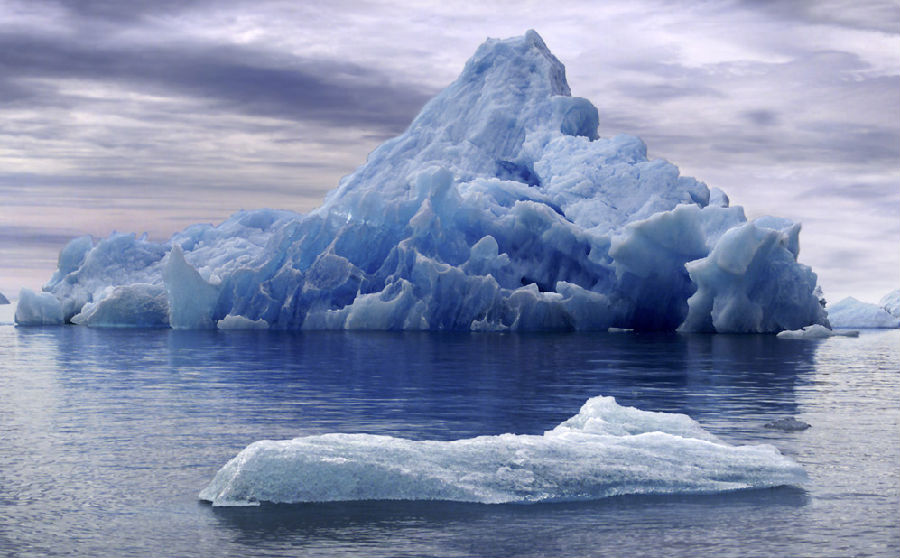The Iceman Cometh,The Economist, July 13th, 2013
自制冰山,经济学人,2013年7月13日
As the climate warms, glaciers shrink.
随着气候变暖,冰川也开始萎缩。
That is a problem for those who rely on meltwater from them to irrigate their crops: farmers living in the valleys in Jammu and Kashmir, for example.
对于那些依靠冰雪融水来灌溉庄稼的农民来说,这是一个问题。生活在查谟和克什米尔山谷里的农民就是个例子。
Most of the lower-lying glaciers in the area they inhabit have disappeared.
在这一地区,大多数低洼地区的冰川已经消失。
The meltwater that farmers need to irrigate their newly sown crops used to arrive in March or April. Now it does not come until June.
过去农民用于灌溉新播种作物的融水在3月或4月就能到达,现在直到6月也未出现融水。

Chewang Norphel, a retired civil engineer who lives in the area, thinks he has the answer: if the natural glaciers have gone, why not build artificial ones?
当地一位名叫程旺·诺培的退休工程师认为他可以解决这一问题:如果天然冰川消失了,为什么不修建人工冰川呢?
That is what, for the past decade or so, he has been doing.
这就是他在过去10年里一直做的事情。
He noticed that a stream in his garden had frozen under the shade of a poplar grove, though elsewhere it flowed freely,
他注意到,在他的花园里,尽管其他地方的水流仍在自由流淌着,但有一条已经冻结的水流,该水流处于杨树林的树荫下,
he realized that the way to build a glacier to slow water's flow and shield it from the sun, and that is what he and his team of engineers are now doing.
他意识到建立一个冰川的方式就是减缓水的流量,同时避免阳光的照射,这正是他和他的工程师团队正在做的事。
They have diverted several streams in the worst-affected areas into canals. As the spring thaw sets in and the canals fill up, this overspill freezes into a layer of ice.
他们在受灾最严重的地区把几条河流的流向转移并流向运河。当春季解冻开始,运河会溢满水,这些溢出来的水会结成一层冰。
And as the process repeats itself over the ensuing months, these ice sheets stack up and get thicker.
当这个过程在随后几个月不断重复时,这些冰层会堆积起来,变得越来越厚。
So far, Mr. Norphel and his team have built a dozen artificial glaciers in this way.
到目前为止,诺培和他的团队已经使用这种方式建立了十几个人工冰川。
The largest of them is a kilometer and a half long and two meters thick.
其中最大的一个有1500米长,2米厚。
Meltwater from these glaciers helps sustain the livelihood of thousands of farmers.Thank you.
这些冰川的融水帮助当地成千上万的农民维持了生计。谢谢。


